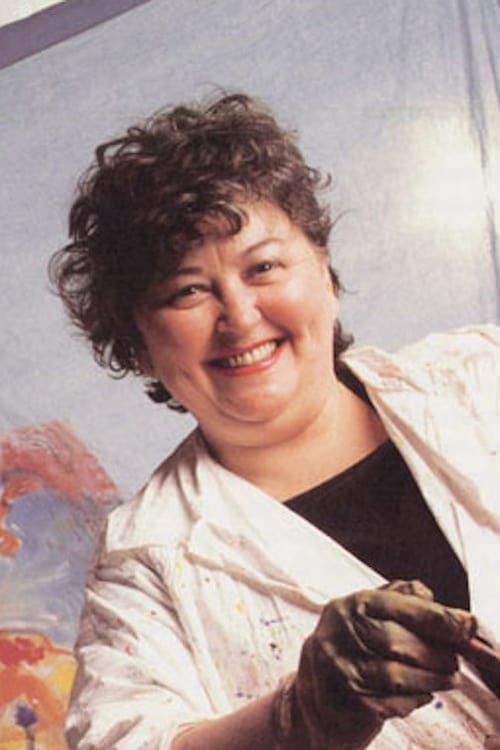Water Sark (1965)
Género : Documental
Tiempo de ejecución : 14M
Director : Joyce Wieland
Sinopsis
"I decided to make a film at my kitchen table, there is nothing like knowing my table. The high art of the housewife. You take prisms, glass, lights and myself to it. 'The Housewife is High.' Water Sark is a film sculpture, being made while you wait."

Una mujer que planea pedirle matrimonio a su novia durante las vacaciones anuales con la familia descubre que los conservadores padres de su pareja aún desconocen la orientación sexual de su hija.

Tres padres tratan de impedir que sus hijas tengan relaciones sexuales en la noche del baile de graduación.

Una adolescente de 17 años de Missouri llamada Veronica descubre que ha quedado embarazada, un acontecimiento que amenaza con acabar con sus sueños de matricularse en una universidad de la Ivy League y la carrera que podría seguir.

Dallas (Erika Linder), quien acaba de terminar con su pareja, lleva a cabo la agresiva seducción de Jasmine (Natalie Krill), una aparente heterosexual, comprometida a casarse con su novio.

La veinteañera Megan (Keira Knightley), de mentalidad todavía adolescente y asustada ante la proposición de matrimonio de su novio, busca un retiro temporal mientras huye durante una semana con Annika (Chloë Grace Moretz), una joven de 16 años que resulta ser su nueva mejor amiga.

Chiron es un joven afroamericano con una difícil infancia y adolescencia, que crece en una zona conflictiva de Miami. A medida que pasan los años, el joven se descubre a sí mismo intentando sobrevivir en diferentes situaciones. Durante todo ese tiempo, Chirón tendrá que hacer frente a la drogadicción de su madre y al violento ambiente de su colegio y su barrio.
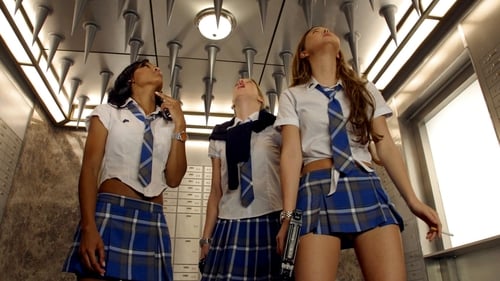
Historia de un grupo de sexys colegialas agentes secretos. Lucy Diamond (Jordana Brewster), la atractiva jefa de un grupo criminal, ha vuelto a Estados Unidos, y el D.E.B.S., un grupo de espías formado por chicas de instituto, le siguen la pista. Pero cuando su agente más importante, la bella Amy Bradshaw (Sara Foster), desaparece misteriosamente tras enfrentarse cara a cara con la delincuente, el D.E.B.S. comienza a buscar el escondite de Lucy, sin sospechar que quizá Amy no quiera ser rescatada...
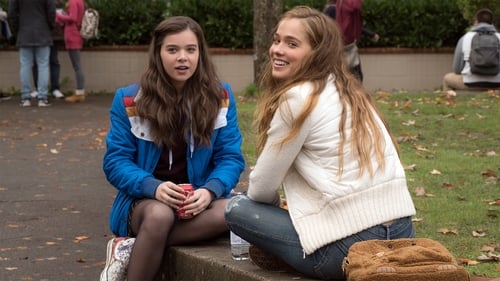
Dos estudiantes de instituto que son las mejores amigas ven cómo su amistad se tambalea cuando una comienza a salir con el hermano mayor de la otra.
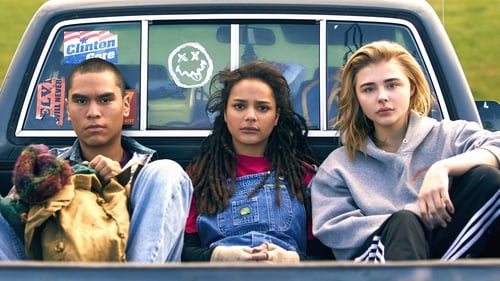
Pennsylvania, 1993. Después de ser sorprendida con otra chica, la adolescente Cameron Post es enviada a un centro de terapia de conversión dirigido por la estricta doctora Lydia Marsh y su hermano, el reverendo Rick, cuyo tratamiento consiste en arrepentirse por sentir «atracción por el mismo sexo». Cameron se hace amiga de sus compañeros Jane y Adam, creando así una nueva familia para enfrentarse a la intolerancia que les rodea.

Bretaña francesa, 1770. Marianne es una pintora que debe realizar el retrato matrimonial de Héloïse, una joven que acaba de dejar el convento. Héloïse no acepta su destino como mujer casada y se niega a posar, por lo que Marianne debe trabajar en secreto. Para ello, se hace pasar por dama de compañía, para así observarla de día y pintarla de noche. Su relación se vuelve más intensa a medida que comparten juntas los últimos momentos de libertad de Héloïse antes de su boda.

Nueva York, años 50. Therese Belivet es una joven dependienta de una tienda de Manhattan que sueña con una vida mejor cuando un día conoce a Carol Aird, una mujer elegante y sofisticada que se encuentra atrapada en un matrimonio infeliz. Entre ellas surge una conexión inmediata que irá haciéndose más intensa y profunda, cambiando la vida de ambas para siempre.
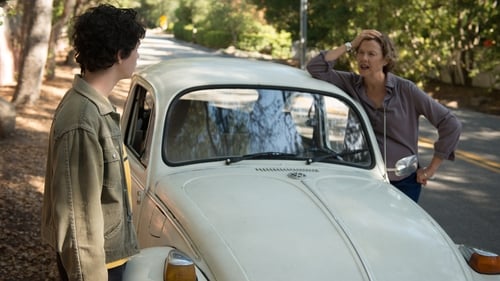
En Mujeres del Siglo XX, el aclamado director Mike Mills (director de Beginnes, ganador del Oscar al mejor actor secundario en 2011) nos ofrece un homenaje conmovedor y divertido a la complejidad de las mujeres, las familias, el tiempo y la búsqueda de las conexiones emocionales. Esta película se redefine continuadamente y cambia con sus personajes, mientras viven el importante verano de 1979
Historia de tres mujeres que exploran el amor y la libertad en California durante los años 70.
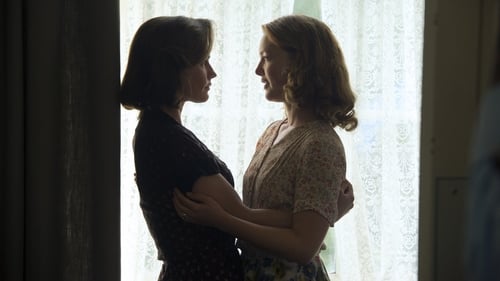
Escocia, en los años 50. La Dra. Jean Markham (Anna Paquin) regresa a la pequeña ciudad que abandonó cuando era adolescente para hacerse cargo de la consulta médica de su difunto padre. Cuando el pequeño Charlie (Gregor Selkirk) tiene una pelea en el patio del colegio y va a su consulta, ella le invita a visitar las colmenas de su jardín y le anima a contarle sus secretos a las abejas, como hacía ella de niña. La nueva amistad entre el niño y la doctora lleva a su madre Lydia (Holliday Grainger) al mundo de Jean. Inesperadamente las dos mujeres se sienten atraídas de una manera que nunca hubieran imaginado. Pero este secreto entre ambas no puede permanecer oculto para siempre.

La violinista de 19 años Belle vive en un pequeño pueblo del campo en Holanda. Todos a su alrededor estan obsesionados por el sexo: su novio, su hermana y especialmente su madre. Pero a ella solo le interesa su violin y elude los constantes coqueteos y actos sexuales de su entorno.
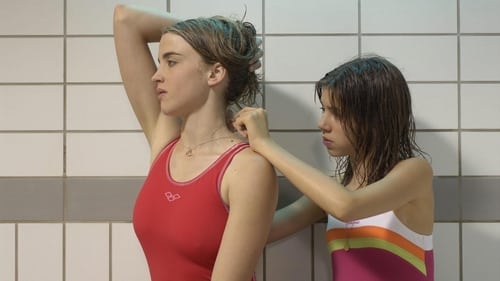
El verano ha llegado a los suburbios de París y, como siempre los adolescentes se aburren. En esas circunstancias, se conocen Marie, Anne y Floriane, las tres de quince años. Anne y Marie entabla una tierna e ingenua amistad, pero Floriane, mucho más desarrollada físicamente, se interpondrá entre ellas, pues Marie empieza a sentirse fascinada por esa chica que tanto atrae a los chicos.

En 2013, el analista informático Edward Snowden filtró documentos clasificados que había obtenido de la NSA, la Agencia de Seguridad Nacional Norteamericana, detallando la vigilancia que el gobierno estadounidense ejerce sobre sus ciudadanos. Después de pasar a la clandestinidad para evitar la extadición y el arresto, Snowden pasó a convertirse en noticia. Tanto que su notoriedad amenazaba con eclipsar las implicaciones de la información que había revelado.

Filmed over five years in Kansas City, this documentary follows four transgender kids – beginning at ages 4, 7, 12, and 15 – as they redefine “coming of age.” These kids and their families show us the intimate realities of how gender is re-shaping the family next door in a unique and unprecedented chronicle of growing up transgender in the heartland.
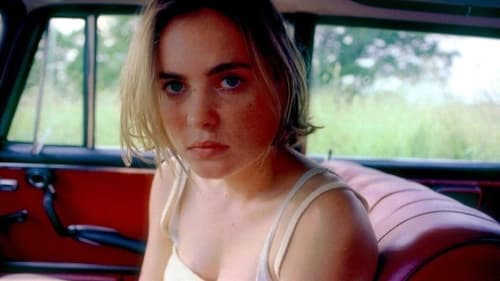
Lucy Berliner es una veterana fotógrafa que ha perdido su prestigio a causa de las drogas y de su tormentosa relación con Greta, una ex actriz alemana enganchada a la heroína. Pero, inesperadamente, conoce a Syd, una joven que trabaja en una prestigiosa revista de fotografía y que aspira a alcanzar el éxito. Juntas conseguirán salir adelante con un proyecto que estrechará su relación más allá de lo profesional.
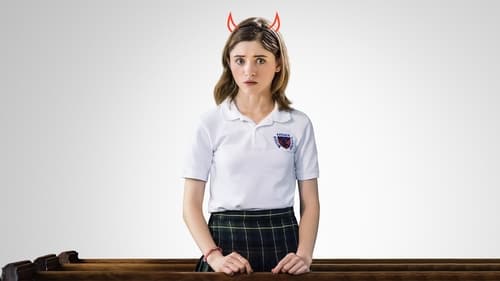
Después de que una charla en un colegio religioso comience a tener tintes racistas, una joven católica es descubierta mientras se masturba. Sus tutores hacen todo lo posible para que la joven suprima sus necesidades más básicas, amenazándola con perder la gracia de Dios para toda la eternidad si no cambia sus hábitos.

Georgia Nicolson (Georgia Groome) es una chica de 14 años que escribe un diario sobre su vida y la de los adolescentes en general. Enamorada de Robbie (Aaron Johnson), un compañero del instituto, intentará conquistarlo con la ayuda de sus tres mejores amigas.

Although best known for his photography, Steven Arnold also wrote, designed, and directed several groundbreaking visionary films, The Liberation of Mannique Mechanique being the first. Stuart Comer of the Tate Modern (London) said of Mannique: “a macabre, decadent work presenting mannequins and models that travel through strange universes toward possible self-discovery.” Brooklyn-based artist and writer Kate Wadkins in a recent online article observed: “Arnold’s films are dream-like visions of androgynous beings. Their narratives are modern-day fairy tales and reveries about gender — all through the lens of an acid trip.”

Un artesano construye una armónica de cristal, cuyo sonido extrae los sentimientos más bellos de los hombres. Viaja a una ciudad donde la gente está obsesionada con el dinero, pero un burócrata rompe la armónica de cristal, lo que conduce al caos y, finalmente, a la reforma social. (FILMAFFINITY)

In his first film work, Kubelka evokes episodes of flirtation, courtship, and break-ups, played out against a series of non-corresponding audio excerpts.

This classic short film depicts the Klondike gold rush at its peak, when would-be prospectors struggled through harsh conditions to reach the fabled gold fields over 3000 km north of civilization. Using a collection of still photographs, the film juxtaposes the Dawson City at the height of the gold rush with its bustling taverns and dance halls with the more tranquil Dawson City of the present.

This film, photographed in London, is an exploration into the depths of unconscious reactions.

Samadhi is both mystical and mysterious, an incredible fusion of movement, sound and colour. Belson notes the influence of his study and practice of Yoga and Tibetan Buddhism on the creation of Samadhi. The film is inspired by the principles of yogic meditation: the movement of consciousness towards samadhi (union of subject and object), the fusion of atma (breath and mind), a state which reveals the divine force of kundalini, a bright white light we discover at the end of Samadhi. The Tibetan Book of The Dead is the inspiration behind Belson’s use of colour in Samadhi, corresponding to descriptions of the elements of Earth, Fire, Air and Water in the book. —Sophie Pinchetti, The Third Eye

Part of the "Through Navajo Eyes" series of seven short documentaries, along with Intrepid Shadows (1966), The Navajo Silversmith (1966), Old Antelope Lake (1966), Second Weaver (1966), The Shallow Well Project (1966), and The Spirit of the Navajos (1966).

Part of the "Through Navajo Eyes" series of seven short documentaries, along with Intrepid Shadows (1966), A Navajo Weaver (1966), Old Antelope Lake (1966), Second Weaver (1966), The Shallow Well Project (1966), and The Spirit of the Navajos (1966)

Documentary on a religious practice in the Puglia region of Italy whereby women assert that they have been bitten by a tarantula and dance until they are exorcised of the poison.

Alfred Clah was a Navajo artist from a community outside Pine Springs, AZ. He said: "they making films about things out there, the trading post, things you can see; I'm making films about inside: I like to see scenes that people never expected, the legends, the gods."

A short horror film based on Edgar Allan Poe's poem The Raven.

For the production of this film, Oskar Fischinger tinted various layers of hot wax. After cooling, the resulting lump of wax resembled a marble cake. Fischinger then began to cut off slices from the lump, photographing each step.

“The Riddle of Lumen” presents an evenly paced sequence of images, which seem to follow an elusive logic. As in “Zorns Lemma” the viewer is called upon to recognize or invent a principle of association linking each shot with its predecessor. However, here the connection is nonverbal. A similarity, or an antithesis, of color, shape, saturation, movement, composition, or depth links one shot to another. A telling negative moment occurs in the film when we see a child studying a didactic reader in which simply represented objects are coupled with their monosyllabic names in alphabetical order. –P. Adams Sitney

The film speaks of student demonstrations in Belgrade, 1969 and of the critical quality, enthusiasm and discipline of this form of protest. It was the most powerful public criticism of "red bourgeoisie" - members of communist apparatus, who suppressed creativity and affirmation of new generations throughout Eastern block.

Byzance uses a text by Stefan Zweig to describe the Ottoman conquest of the city in 1453. Before he turned to feature filmmaking in 1968 with Naked Childhood, Pialat worked on a series of short films, many of them financed by French television. Byzance is one of Pialat’s six Turkish shorts.

Between a wave’s rhythm and the breath of a young woman in her sleep, some animated paintings go on modifying each other.

Serene Velocity stares down the center of an empty institutional hallway while shifting the focal length of a stationary zoom lens, transforming the basement corridor into a nexus of visual and conceptual energy.

A Navajo short film which documents a boy drawing and using water from Old Antelope Lake.

Peripheral envisionment of daily life as the mind has it - i.e., a terrifying ecstasy of (hand-painted) synapting nerve ends back-firing from thought's grip of life.
